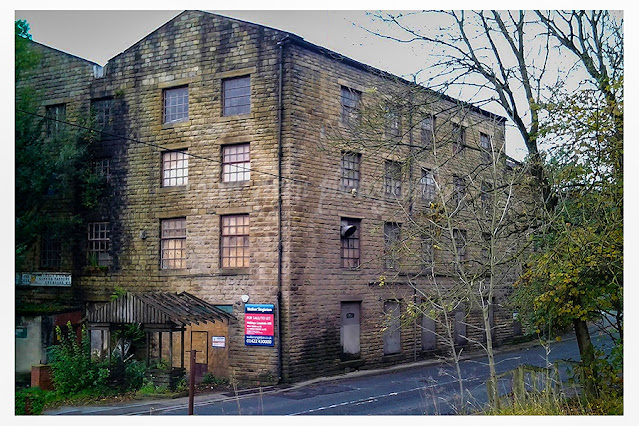The Pennines, a formidable range of hills in Northern England, presented a significant obstacle to the burgeoning railway network of the 19th century. But where there's a will, there's a way, and the Victorians, with their characteristic ingenuity, carved a path through the heart of these hills: the Summit Tunnel. This 1.6-mile marvel of engineering, connecting Littleborough in Greater Manchester with Walsden in West Yorkshire, stands as a testament to the vision and determination of its builders, and a fascinating story of both triumph and challenge.
Construction of the Summit Tunnel began in 1837 under the watchful eye of the legendary George Stephenson. This ambitious project aimed to create a crucial rail link between the industrial powerhouses of Leeds and Manchester. The sheer scale of the undertaking is staggering. Around a thousand navvies toiled for four years, excavating through the unforgiving terrain. Tragically, nine men lost their lives during the construction, a stark reminder of the dangers faced by these pioneering workers.
The numbers involved in the tunnel's construction are truly impressive: 23 million bricks and 8,000 tonnes of concrete were used. The final cost, a staggering £285,000, significantly overran the initial budget of £97,000, highlighting the challenges inherent in such a monumental task. Upon its opening in 1841, the Summit Tunnel briefly held the title of the longest tunnel in the world, a testament to Stephenson's ambition and skill. He considered it his greatest piece of railway engineering, famously declaring, "I stake my reputation and my head that the tunnel will never fail so as to injure any human life."
For nearly a century and a half, the tunnel served as a vital artery, facilitating the movement of people and goods across the Pennines. Its continuous service was only interrupted by a dramatic event in 1984. A goods train carrying petrol tankers derailed within the tunnel, triggering a devastating fire. The inferno raged for two days, capturing national attention and raising serious concerns about the tunnel's structural integrity. The fire brigade battled tirelessly to bring the blaze under control, finally issuing the stop signal on Christmas Eve. The aftermath saw the tunnel closed for eight months.
The fire, while dramatic, ultimately revealed the resilience of Stephenson's masterpiece. Despite the intense heat, the brick lining held firm, requiring only minimal repairs. Approximately half a mile of track and the electrical services needed replacing, and some of the air shafts required reinforcement. Before the tunnel was reopened, local residents were given the opportunity to walk through it, a gesture that underscored the community's connection to this vital piece of infrastructure. Train services between Todmorden and Littleborough resumed on August 19, 1985.
The Summit Tunnel stands as a powerful symbol of Victorian engineering prowess. It's a story of vision, hard work, tragedy, and ultimately, resilience. From its construction in the 19th century to its dramatic encounter with fire in the 20th, the tunnel has played a crucial role in the history of the region. It continues to serve as a vital transportation link today, a testament to the enduring legacy of George Stephenson and the men who built this remarkable feat of engineering.

%20Air%20Shaft%206x4%20copy.jpg)
%20Air%20Shaft%20Number%201%206%20x%204%20copy.jpg)

%206%20x%204%20copy.jpg)


%20Walsden%206%20x%204%20copy.jpg)













































